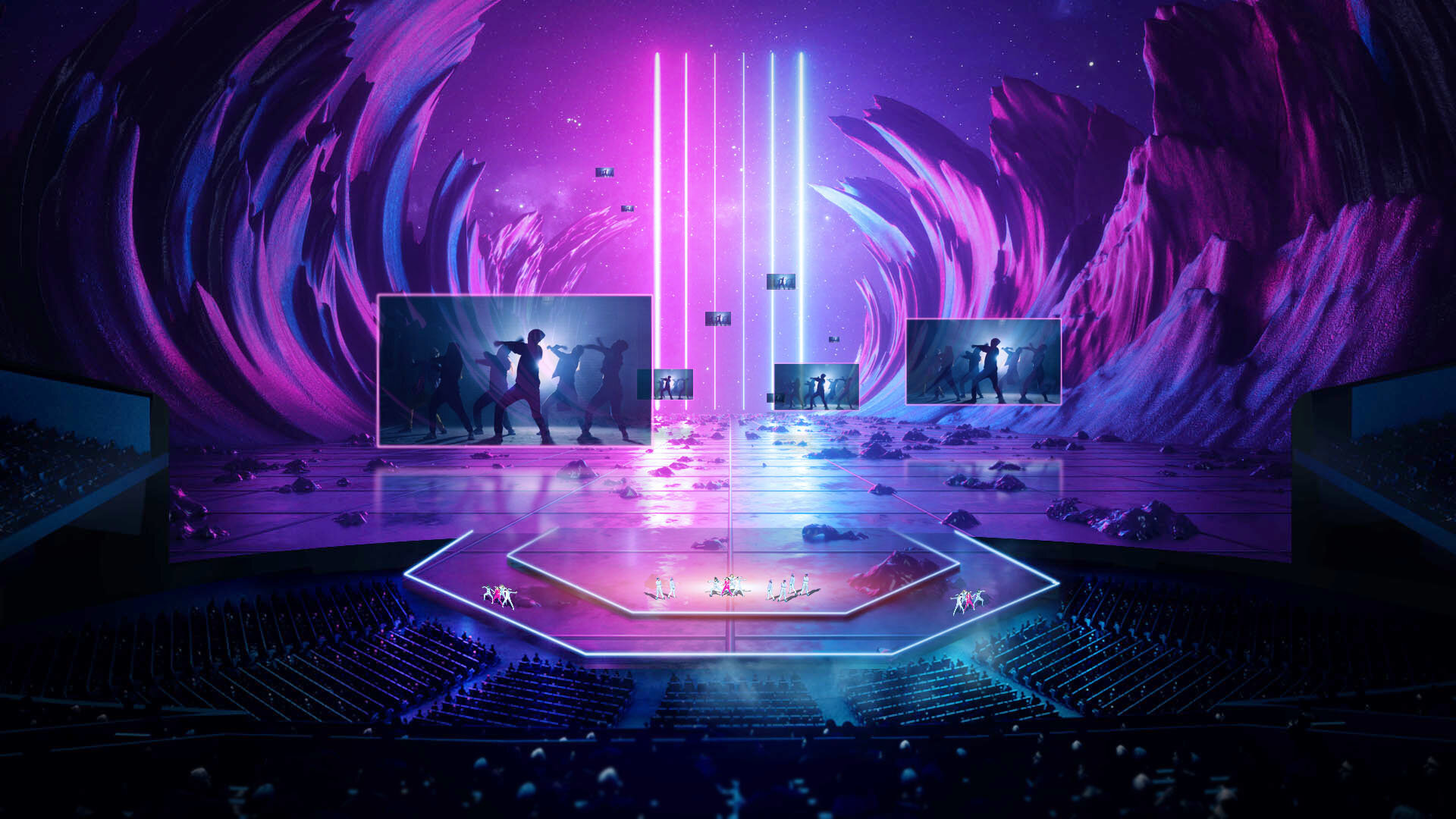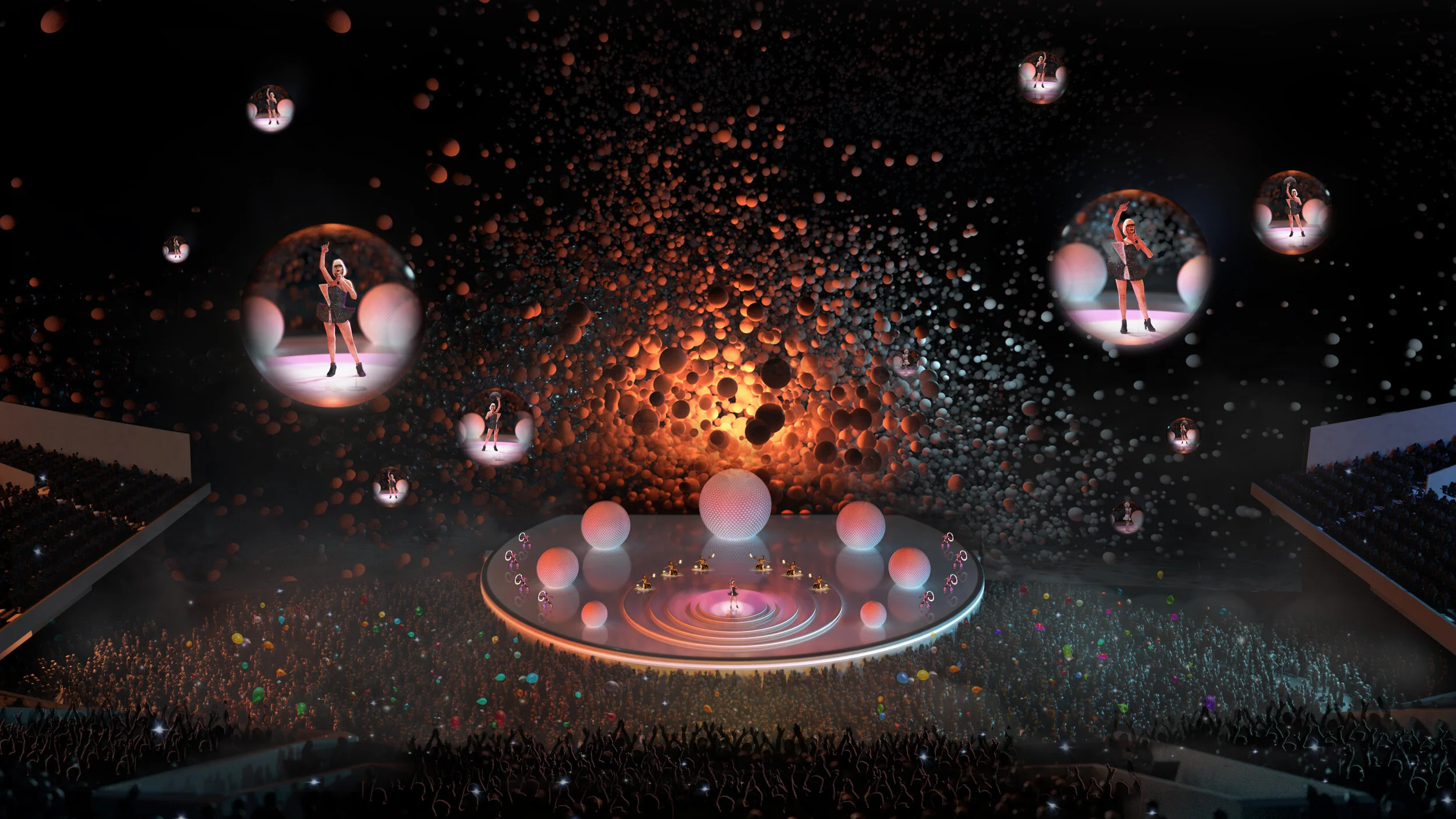
MSG SPHERE
Realtime Content Tools
The Madison Square Garden Company is building an immersive experience on a scale beyond what any venue has previously attempted. Inside the dome, guests will be surrounded by the largest and highest-resolution LED screen on Earth. With more than 160,000 square feet of display surface and a whopping 16K resolution, the content creation overhead is significant when considering the resources of those that wish to book the venue.
Working with a team of software engineers, I provided design and creative direction for the development of MSG Sphere’s Dynamic Content Suite— a modular, real-time content generation toolset.
We started by interviewing internal stakeholders from various departments, seeking to understand the multifaceted production needs associated with different types of shows or events. Taking into consideration these client needs and business priorities, we formulated a set of initial proofs of concept that would enable valuable use cases for each of the internal stakeholders.
To validate the development of the Dynamic Content Suite (DCS) internally, we would demonstrate two proofs of concept: Image Magnification (IMAG) and Content Extension (which we abbreviated EXT). IMAG is an important feature for Sphere due to the scale of the venue— from the upper levels people will look like ants on stage. Content Extension is an important feature for a number of reasons, including the ability to blend traditional content into an immersive environment on the dome, and also to mitigate the use of lower resolution content (which includes HD and 4K) on the colossal 16K display .
Within these two proofs of concept were a variety of different features to explore. I led the collaborative ideation process to generate concepts that would serve as demonstrations of key use cases. From their, I analyzed these features through the lens of the stakeholder needs we determined earlier, sketching out how a set of basic modules might be arranged to create a wide variety of show moments.
I mapped out structure and functionality, starting with relevant inputs for each show type and bridging them with the outputs— the MSG Sphere will boast a variety of high-tech entertainment platforms in addition to the massive screen, which we aimed to integrate with our tools to maximize immersive show moments. After I roughed out a variety of structure charts and flow diagrams for different show moments, our team picked out high impact examples that would show value to each internal stakeholder need.
To direct initial prototype development, I created concept art for each of these show moments, along with corresponding diagrams outlining a functional structure of modules that might achieve the effect portrayed in said concept art. These diagrams and concept visualizations also served to meaningfully convey the potential capabilities of the toolset to internal leadership as we obtained approval for extended development.
Example Use Case: Concert IMAG









